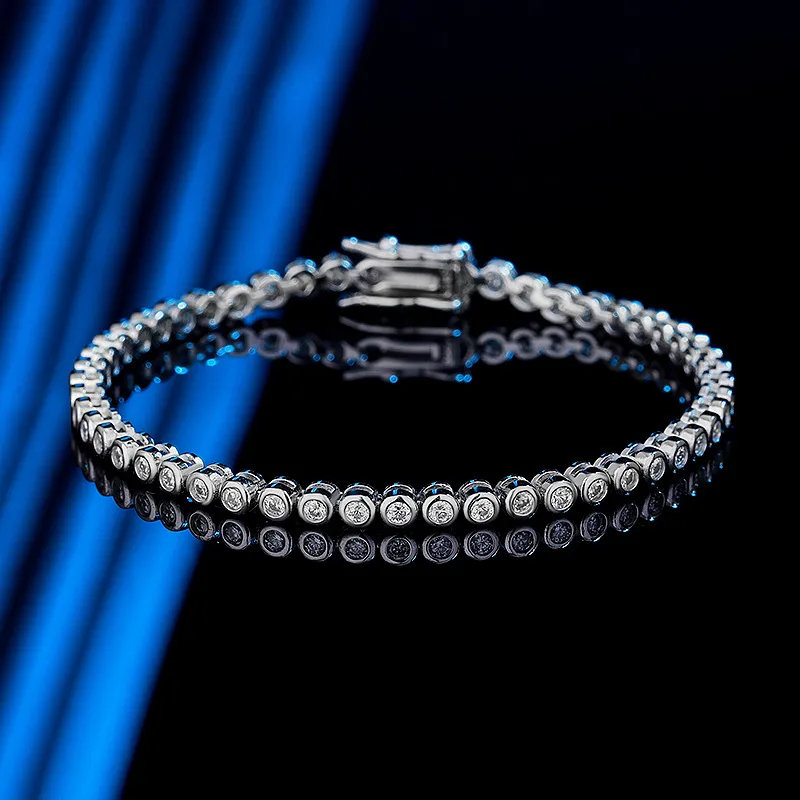ABOUT



STORY
Many people know all about diamonds, emeralds, sapphires, and all the other common gemstones. However, not many of know much about this gemstone, which is a rare mineral.
Moissanite was first discovered in some rock bits taken from a crater created by a meteor in Canyon Diablo!
It was discovered by a French chemist, Dr. Henri Moissan.
At first, he believed that he had found some diamonds. Until 11 years after his initial discovery, he realized that it was a different chemical makeup and was, in fact, natural silicon carbide.
When it comes to differentiating between a lab grown diamond and moissanite, both offer a sparkle that catches the eye. Having said that, they both are completely different minerals and different hardness ratings. They aren’t the same gemstone. Lab diamonds are pure carbon while Moissanite is both silica and carbon. They have a higher refractive index than a lab grown diamond or a natural diamond, which helps them exhibit a brilliance that is more colorful than a diamond. For those who will have it, moissanite is doubly refractive, which means that all the facets will look doubled as compared to a diamond that is singly refractive. Another point to consider is that while a diamond is 10 on the Moh’s hardness scale, Moissanite is a little softer with about 9.25 on the same scale.
VISION
We create things
we love for the
people you love, including yourself.


SUSTAINABLE

Moissanite is an ethical and sustainable option for jewellry because it is lab-created, eliminating the need for mining. Traditional diamond mining is known for causing environmental damage and human rights violations. The process of creating moissanite in a lab is much more environmentally friendly and does not harm any communities or individuals.

